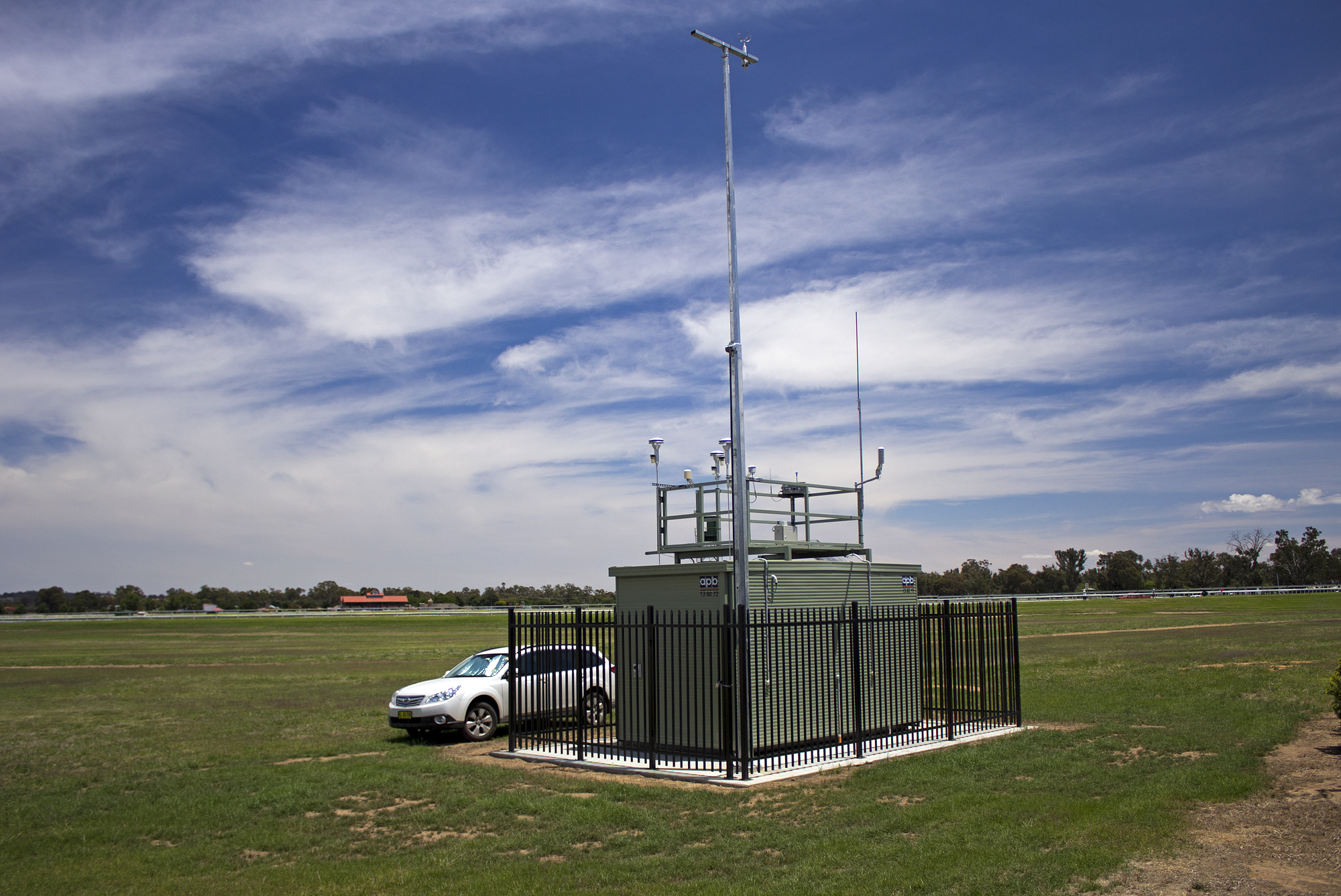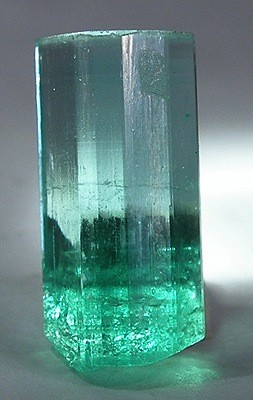Surrounded by atmospheric scientists at work, I imagine this type of equipment for air quality monitoring:


but apparently, moss like these –

are inexpensive and efficient tools for monitoring heavy metals in the atmosphere.
People have known for a while that moss are able to absorb these pollutants. Norway has a cool map of heavy metal concentrations and the changes over the past 40 years, all using moss as a source of data. See the map of lead, for example.
Plants with roots take up nutrients from the soil, but moss lack roots and instead absorb their nutrients directly from the air moisture. Moss also lack a continuous protective cuticle layer that makes moss tissue more permeable to gas exchange. This makes them better indicators of air pollutants.

New studies test the conditions and types of heavy metals captured by various species of moss and other species in the same bryophyte group. By comparing concentrations found in moss to other reference methods, scientists have found that moss can give good predictions of the amount of lead (Pb), mercury (Hg), chromium (Cr), zinc (Zn), nickel (Ni), copper (Cu), cadmium (Cd), cobalt (Co), manganese (Mn), arsenic (As), beryllium (Br), and perhaps other metals that get released into the air. A table of some known indicators can be found here.
.jpg)
A study published this year by Olszowski & Bozym showed that mosses give more reliable measures of heavy metals than cellulose or cotton wool, and differences in moss responses can distinguish the size of metal particles in the atmosphere.
Studies can be useful for inducing regional patterns, such as in the Canadian High Arctic or the Fraser Valley, BC, and we can analyze the impact of winds and proximity to emission sources on metal concentrations.
Even if moss naturally do not grow in an area, researchers in Kathmandu Valley, Nepal were able to transplant moss species (Taxiphyllum giraldii and Thuidium sparsifolium) from a clean area to quantify heavy metal concentrations in a polluted area.
We take in trace amounts of heavy metals naturally. Only when they get to high concentrations, they can have harmful effects on human health and the environment. However, they are a common byproduct of solid fuel combustion, mining and metallurgical industrial activity that are part of our daily lives.
Therefore, the use of moss helps monitor the concentrations found in certain areas, and we can catch “warning signs” before the metals released in the atmosphere increase to harmful levels. Their absorbing properties also guides studies on how some types of moss can clean up the waters or prevent heavy metals from leaking into the surrounding environment and into the waters. Some moss keep absorbing even after its death!

